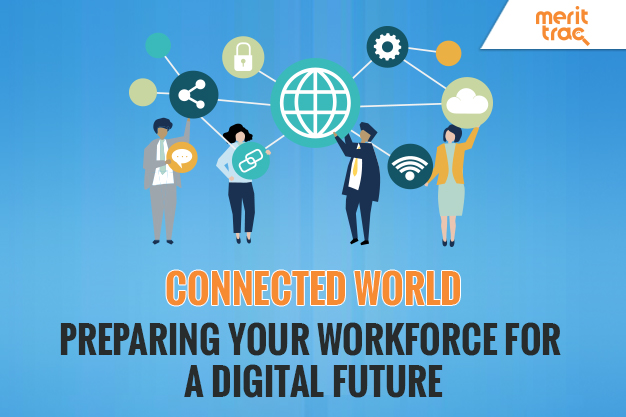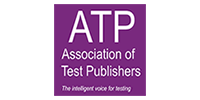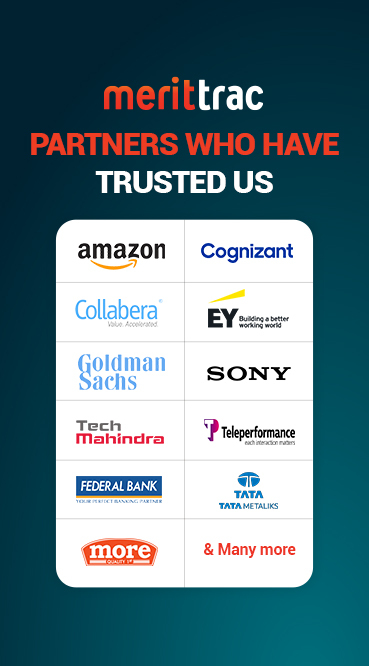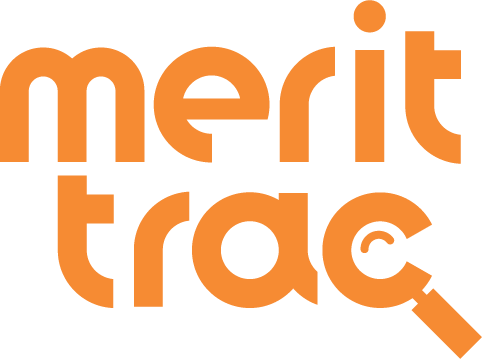
Connected World: Preparing Your Workforce for a Digital Future
Date: 02/05/2019 | Posted by: MeritTrac | Category: Corporate , Workforce Development
According to McKinsey, the growing digital trend is likely to create 20 million to 50 million jobs globally, by 2030. Productivity enhancements brought about as a result of digitization will lead to new job roles across industries as diverse as agriculture, manufacturing, trade, construction, finance, telecom, transport and IT BPM. While new jobs will be created, certain existing jobs such as data entry operators, bank clerks and insurance claims processors will become obsolete. The existing workforce will need to be retrained in new skillsets and redeployed to higher value adding activities as automation takes over more operational and repetitive tasks. Skill intensive jobs of the future in emerging technologies such as data science, machine learning (ML), artificial intelligence (AI) and internet of things (IoT) will require higher cognitive, creative, collaborative, communication and problem solving skills.
Here are three ways in which organizations can successfully lead their workforce into the digital future.
- Creating scalable training programs geared across levels
Companies in the pursuit of digital transformation must turn inwards and look into enhancing the capabilities of their current resources to scale change. Reskilling and upskilling must be a top priority not only for new joiners but also for the mid-level employees and the c-suite. Assessment solutions can help L&D leaders accurately assess the current skill level within the organization and develop relevant training programs. Leading firms across the globe are creating an advanced culture of learning and development within the organization so employees at all levels can move up the learning curve to fill the skill gap.
Substantiating this with an example, as a part of its workforce transformation initiative, Accenture launched its “specialization at scale” program with 469,000 employees. The AI-enabled skill and specialization development program was able to identify employees’ specializations correctly 93% of the time. - Partnering with universities and ed-tech firms to identify and nurture digital natives
Pioneering firms are paving the way for digital transformation not just internally, but at the grass-root level by joining hands with universities and ed-tech firms. Traditional education curricula and testing methods continue to lag the pace of industry growth, making it imperative for both the industry and educational institutions to work collaboratively, keeping the skill requirement of future jobs in mind. Leading global organizations are actively identifying and nurturing digital talent while they are still students or tapping into them right after they graduate using online aptitude tests.
Several global organizations are addressing unemployment and skill gap through professional learning programs and apprenticeships. Zurich Insurance, for instance, has introduced an innovative two-year program that provides a tuition-free degree with career opportunities. - Apprise your employees about your goals of digital transformation
Ironically, a majority of employees are still unclear about their organization’s specific long-term and short-term transformation plans, despite the amount of emphasis on digital transformation today. In most cases, there seems to be a severe lack of top-down communication in terms of a clear roadmap of company’s digital goals and benchmarks. This hampers the ability of workers to actively participate and contribute to the transformation efforts of the organization. Creating guidelines for leadership to communicate the change story to their employees is a must-do for all organizations.
According to a study by McKinsey, “a transformation is 5.8 times more likely to be successful at organizations where CEOs communicate a compelling, high-level change story, and 6.3 times likelier when senior leaders share aligned messages about the change effort with the rest of the organization”.
Successful organizations around the world have been quick to understand that digital transformation is not just about adopting new technology but also about transforming people. Their strategy is built on the premise that the human workforce drives agility, efficiency and learning-oriented culture in the organization, and must therefore be equipped with the right skill sets to drive digital transformation.
Sources:
- mckinsey.com
- accenture.com
- weforum.org
.












 Sales Hotline: USA: +1 646 916 0939 / Others: +91 80619 14700
Sales Hotline: USA: +1 646 916 0939 / Others: +91 80619 14700


